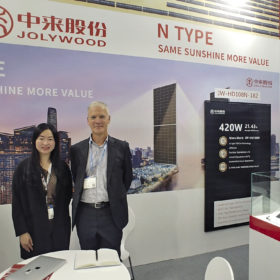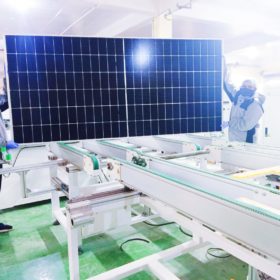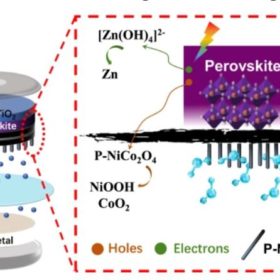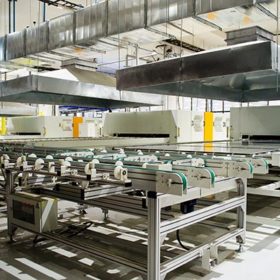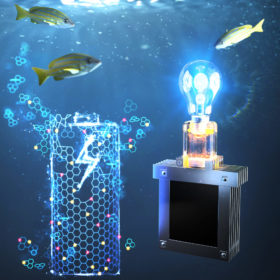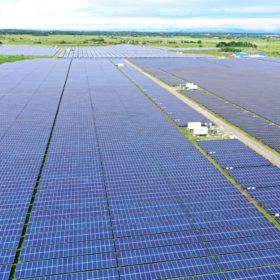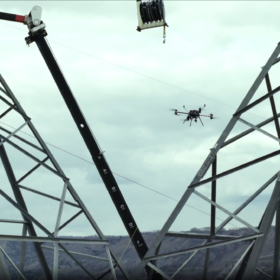Weekend read: Expansions in n-type
The past 12 months have been a turbulent time for PV manufacturing. Rapid and impressive developments in technology have been accompanied by price increases up and down the supply chain, and energy shortages weighed on production in the second half of the year. Chinese n-type module manufacturer Jolywood is now pressing ahead with ambitious expansion plans despite the disruption. pv magazine publisher Eckhart K. Gouras and editor Mark Hutchins recently caught up with Cathy Huang, European sales director at Jolywood, to discuss the company’s plans to bring n-type TOPCon technology into mainstream production.
Doped carbon for a reliable lithium sulfur battery
Scientists in South Korea developed a porous carbon material that, when applied as a coating to the separator film in a lithium-sulfur battery, was shown to reduce an unwanted side effect and improve the battery’s performance and reliability. The coating is based on methylene blue, a type of salt commonly used in textile dying.
Indian manufacturer doubles module capacity to 1GW with new fab
Indian solar company Saatvik Solar’s new facility in Haryana is equipped to make mono PERC, half-cut, multi-busbar technology, to produce high-efficiency PV modules with 530-610Wp of power output.
PV-powered rechargeable aqueous zinc battery
Conceived by scientists in China, the device combines an integrated carbon-based perovskite solar cell module with a rechargeable aqueous zinc metal cell. The proposed system achieved an overall efficiency of 6.4%, and a steady operation for more than 200 cycles with little performance degradation.
India targets domestic production with 40% PV import duty, boost to manufacturing-linked incentive
India’s Union Budget, presented this week by Finance Minister Nirmala Sitharaman, allocates an extra INR 19,500 crore ($3.6 billion) to the production-linked incentive scheme for solar from April.
High performance seawater batteries based on novel anode material
Scientists in Korea have developed an efficient synthesis route to produce a novel co-doped anode material for rechargeable seawater batteries. They developed a one-step plasma-in-liquid process to synthesise nitrogen and sulfur co-doped carbon-based anode material, which displayed great potential for seawater batteries.
Philippines launches 2 GW renewables auction
The Philippines’ Department of Energy hopes to allocate 1,260 MW of solar through the procurement exercise.
Australian researchers claim solar cell efficiency record
Researchers at the Australian National University say they have set a perovskite solar cell efficiency record at 22.6%. This efficiency, however, appears to be lower than that achieved in January by a group of Swiss and Korean researchers who used quantum dots to achieve an efficiency of 25.7% in an area of 0.08cm2 and 23.3% in 1cm2.
Perth ocean energy company gets funding boost from Japanese shipping giant
Western Australian ocean energy company Bombora Wave Power has received an investment of $6.74 million to deliver its pilot projects and commercialise its technology from one of the world’s largest shipping companies, Japan’s Mitsui O.S.K. Lines.
Australian firm targets Mongolia for green hydrogen project
Australian oil and gas exploration and development company Elixir Energy has signed a memorandum of understanding with the Mongolia Green Finance Corporate to support financing for the first phase of a proposed green hydrogen project planned for the South Gobi region of the East Asia nation.
